Available Operations & Surgery Services
Your Trusted Destination for Operations & Surgeries Is Our Center
The General Surgery department at KV Health Care deals with a wide range of ailments and emergencies. From minor inflammations to performing complex abdominal surgical procedures, our teams of experienced and well-trained surgeons provide a safer surgical experience (minimally invasive and gastric band). Additionally, general surgeons are responsible for the operative and postoperative treatment of patients with a wide spectrum of diseases.
Surgical care requires the ability to make complicated decisions; Therefore, our general surgeons are competent in diagnosis, treatment, and management, including operative intervention. Surgeons treat a wide range of diseases and also operate on trauma cases.
General surgery encompasses a wide range of surgical procedures intended to treat diseases, injuries, and deformities affecting the abdomen, digestive tract, endocrine system, breast, skin, and soft tissues. From appendectomies to hernia repairs, from gallbladder removals to colonoscopies, general surgeons are trained to diagnose, treat, and perform surgical interventions for a wide range of conditions.
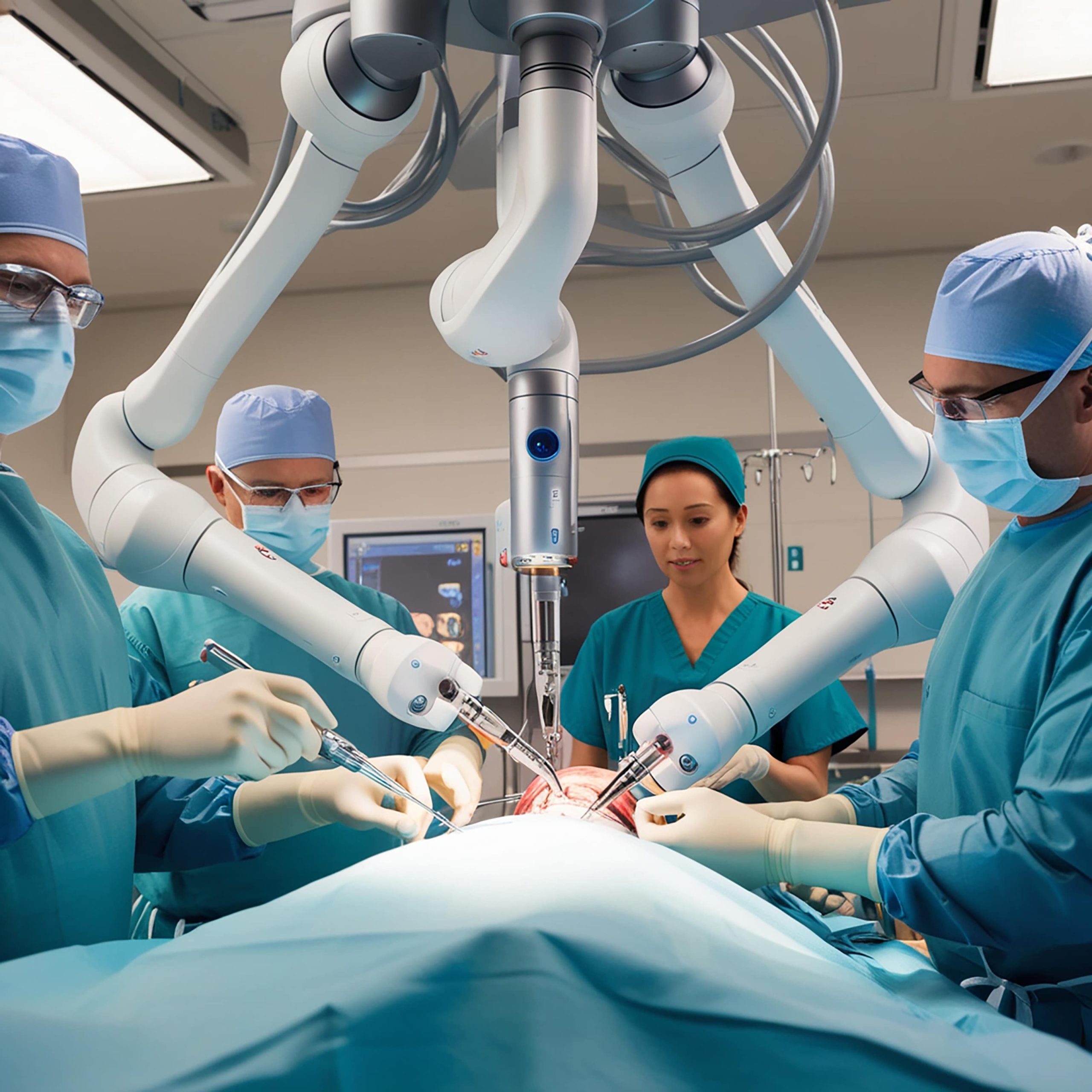
Why Choose Us?
- Knowledge and Experience: Our team of board-certified general surgeons has extensive experience and expertise in performing a wide range of surgical procedures. They stay abreast of the latest advances in surgical techniques and technology to ensure optimal results for our patients.
- State-of-the-art facilities: KV Health Care is equipped with state-of-the-art surgical suites, advanced imaging technology, and dedicated post-operative care units to provide our patients with the highest level of surgical care in a safe environment. and comfortable environment.
- Compassionate Care: We understand that undergoing surgery can be a stressful experience, which is why we prioritize compassionate care and open communication at every stage of your surgical journey. Our dedicated staff is here to address your concerns, answer your questions, and support you and your loved ones.
- Multidisciplinary Approach: At KV Health Care, we believe in a multidisciplinary approach to patient care. Our general surgeons work hand-in-hand with experts in oncology, gastroenterology, endocrinology, and radiology to create individualized treatment plans that meet each patient’s specific needs.
- Commitment to Excellence: From preoperative education and preparation to postoperative rehabilitation and follow-up care, we are committed to providing excellence in all aspects of your surgical experience. Your health, safety, and satisfaction are our utmost priorities.
Frequently Asked Questions
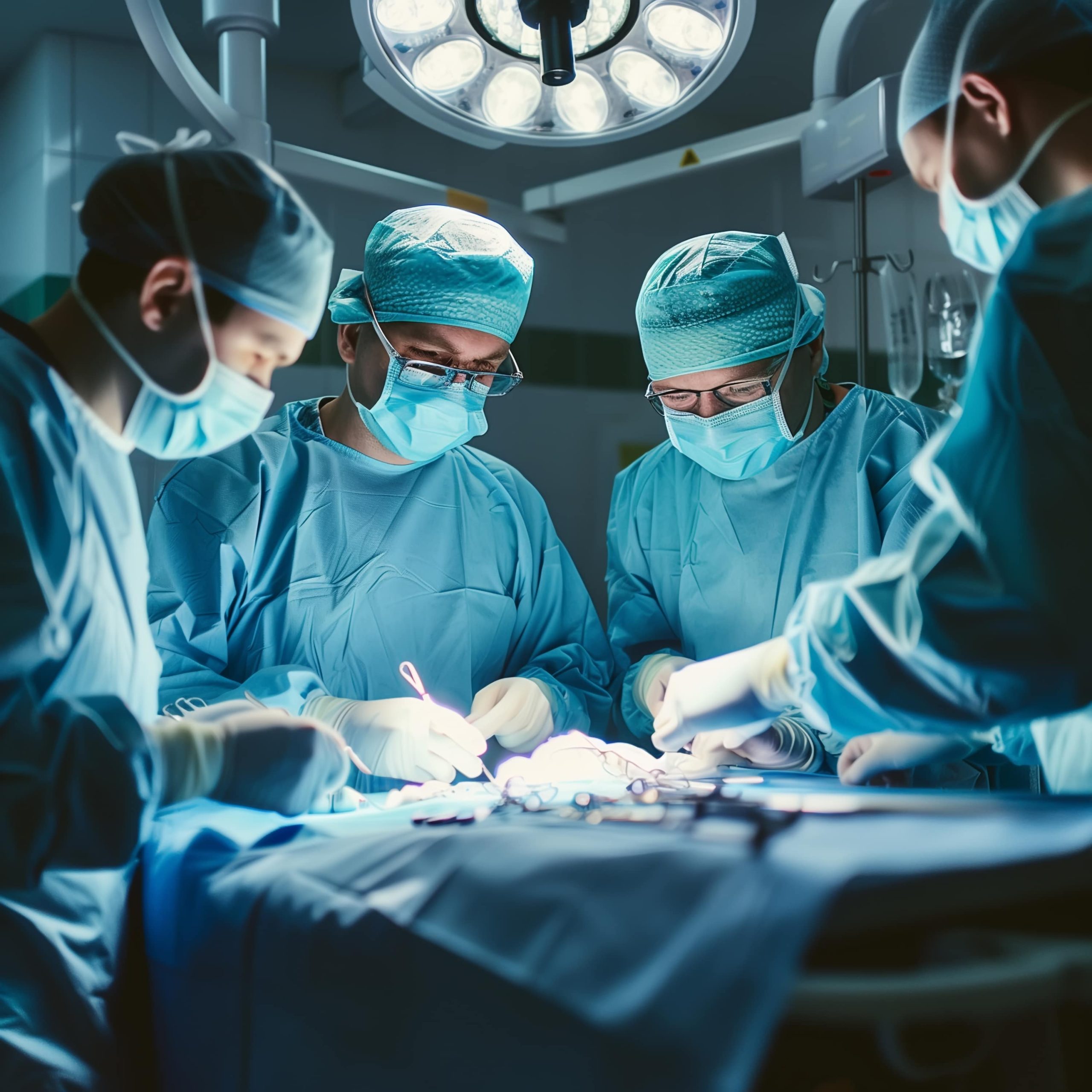
List Of Available Operations & Surgery Services At KV Health Care
Gallbladder stone surgery, also known as cholecystectomy, is performed to remove the gallbladder because gallstones cause pain or infection. Surgery can be performed laparoscopically or through open surgery. Laparoscopic surgery involves small incisions and a camera to guide the removal, while open surgery requires a larger incision.
Recovery and aftercare
- Hospital stay: Typically 1 to 2 days for laparoscopic surgery and up to a week for open surgery.
- Home care: Avoid heavy lifting and strenuous activities for a few weeks.
- Diet: Gradually reintroduce solid foods; Avoid greasy and greasy foods initially.
Normal birth, or vaginal birth, is the natural process of birth through the vaginal canal. It involves the process of labor and delivery, which can be assisted by medical interventions such as episiotomy or the use of forceps if necessary.
Postpartum care
- Rest: Adequate rest is crucial for recovery.
- Hydration and Nutrition: Maintain a balanced diet and stay hydrated.
- Perineal care: Keep the perineal area clean and dry to prevent infection.
LSCS, commonly known as a cesarean section, is a surgical procedure to deliver a baby through incisions in the abdomen and uterus. It is performed under anesthesia, the surgeon makes a horizontal incision in the lower abdomen and uterus to deliver the baby.
Recovery and aftercare
- Hospital stay: generally 3 to 5 days.
- Pain Management: Pain-relieving medications as prescribed.
- Activity: Avoid strenuous activities and heavy lifting for about six weeks.
Septoplasty is a surgical procedure to correct a deviated septum by improving airflow through the nasal passages. The surgeon straightens the septum by trimming, repositioning, and replacing the cartilage or bone.
Recovery and aftercare
- Nasal care: Use saline sprays and avoid blowing your nose.
- Activity: Avoid strenuous activities for a few weeks.
- Follow-up: Periodic check-ups to monitor healing.
Breast augmentation — also known as augmentation mammoplasty — is surgery to increase breast size. It involves placing breast implants under the breast tissue or chest muscles. For some women, breast augmentation is a way to feel more confident. For others, it’s part of rebuilding the breast for various conditions.
Breast augmentation is done by placing implants behind breast tissue or under the chest muscle. An implant is a sac filled with either sterile salt water (saline) or a material called silicone. The surgery is done at an outpatient surgery clinic or in a hospital. Most women receive general anesthesia for this surgery.

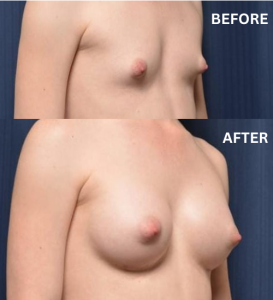
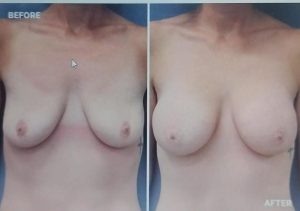
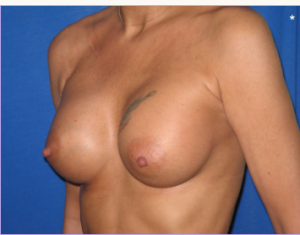
Angioplasty is a procedure to restore blood flow through narrowed or blocked arteries. A catheter with a balloon tip is inserted into the blocked artery. The balloon is inflated to widen the artery, often accompanied by the placement of a stent to keep it open.
Recovery and aftercare
- Hospital stay: generally one or two days.
- Activity: Avoid strenuous activities for a week.
- Medication: Continue prescribed blood thinners and follow-up care.
A Bypass Operation, or coronary artery bypass graft (CABG) surgery, improves blood flow to the heart by bypassing blocked arteries with grafts. The surgeon takes a healthy blood vessel from another part of the body to create a new path for blood to flow around the blocked artery.
Recovery and aftercare
- Hospital stay: normally 5 to 7 days.
- Rehabilitation: Cardiac rehabilitation program to aid recovery.
- Lifestyle changes: healthy diet, regular exercise, avoiding smoking, drinking, and tobacco (the things that are injurious to health).
Piles or hemorrhoids are swollen veins in the rectum or anus. In severe cases, surgery, such as hemorrhoidectomy or stapled hemorrhoidopexy, may be required.
Procedure
- Hemorrhoidectomy: Surgical removal of hemorrhoids.
- Staple hemorrhoidopexy: Staples are used to reposition the hemorrhoids and cut off their blood supply.
Recovery and aftercare
- Pain Management: Pain-relieving medications as prescribed.
- Diet: Diet rich in fiber and plenty of fluids to prevent constipation.
- Hygiene: Keep the anal area clean and dry.
An anal fissure is a small tear in the lining of the anus. Surgery, such as lateral internal sphincterotomy, may be needed for chronic fissures. The surgeon makes a small cut in the anal sphincter muscle to reduce spasm and promote healing.
Recovery and aftercare
- Pain Management: Pain-relieving medications as prescribed.
- Diet: Diet rich in fiber and plenty of fluids to facilitate bowel movements.
- Hygiene: Keep the anal area clean and dry.
A perianal fistula is an abnormal connection between the anal canal and the skin. Surgery, such as fistulotomy or seton placement, may be required.
Procedure
- Fistulotomy: The fistula tract is opened and allowed to heal from the inside out.
- Seton Placement: A surgical thread is placed to keep the fistula tract open and drain the infection.
Recovery and aftercare
- Pain Management: Pain-relieving medications as prescribed.
- Hygiene: Keep the anal area clean and dry.
- Follow-up: Periodic check-ups to monitor healing.
A hysterectomy is the surgical removal of the uterus, performed for various reasons such as fibroids, endometriosis, or cancer.
Procedure
- Total Hysterectomy: Removal of the uterus and cervix.
- Partial Hysterectomy: Removal of the uterus, leaving the cervix in place.
Recovery and aftercare
- Hospital stay: generally 2 to 5 days.
- Activity restrictions: Avoid heavy lifting and vigorous activity for 6 to 8 weeks.
- Follow-up: Periodic check-ups to monitor healing.
A pacemaker is a device implanted to regulate abnormal heart rhythms.
Procedure
The device is placed under the skin near the collarbone, and wires go to the heart to monitor and regulate its rhythm.
Recovery and aftercare
- Hospital stay: usually one day.
- Activity restrictions: Avoid heavy lifting and vigorous activity for a few weeks.
- Follow-up: Periodic checkups to ensure the pacemaker is working properly.
Emergency surgery, such as angioplasty or bypass surgery, may be needed during or after a heart attack to restore blood flow to the heart. Depending on the severity, procedures may include angioplasty, stent placement, or bypass surgery.
Recovery and aftercare
- Hospital Stay: Varies depending on the procedure.
- Rehabilitation: Cardiac rehabilitation program to aid recovery.
- Lifestyle changes: healthy diet, regular exercise, and avoiding smoking.
Surgery is performed to repair or replace faulty heart valves, ensuring adequate blood flow through the heart.
Procedure
- Valve repair: repair of the existing valve.
- Valve replacement: Replacement of the defective valve with a mechanical or biological valve.
Recovery and aftercare
- Hospital stay: generally 5 to 7 days.
- Rehabilitation: Cardiac rehabilitation program to aid recovery.
- Lifestyle changes: healthy diet, regular exercise, and avoiding smoking.
Angiography is an imaging procedure to visualize blood vessels and detect blockages or abnormalities.
Procedure
Contrast dye is injected into the blood vessels and x-ray images are taken to identify any problems.
Recovery and aftercare
- Hospital stay: generally an outpatient procedure.
- Activity restrictions: Avoid strenuous activities for a day or two.
- Follow-up: Discuss the results and next steps with the doctor.
Anterior cruciate ligament (ACL) surgery is performed to repair a tear of the anterior cruciate ligament in the knee, commonly caused by sports injuries.
Procedure
- Graft replacement: Using a tendon graft to replace the torn ligament.
- Arthroscopic Surgery: A minimally invasive technique with small incisions.
Recovery and aftercare
- Rehabilitation: Physical therapy to regain strength and mobility.
- Activity restrictions: Avoid high-impact activities for several months.
- Monitoring: Periodic checkups to monitor progress.
PCL (posterior cruciate ligament) surgery is performed to repair a PCL tear in the knee.
Procedure
- Graft replacement: Using a tendon graft to replace the torn ligament.
- Arthroscopic Surgery: A minimally invasive technique with small incisions.
Recovery and aftercare
- Rehabilitation: Physical therapy to regain strength and mobility.
- Activity restrictions: Avoid high-impact activities for several months.
- Monitoring: Periodic checkups to monitor progress.
Surgery may be necessary to treat chronic knee pain caused by conditions such as arthritis, meniscus tears, or ligament injuries.
Procedure
- Arthroscopy: Minimally invasive surgery to repair joint damage.
- Knee Replacement: Partial or total replacement of the knee joint.
Recovery and aftercare
- Rehabilitation: Physical therapy to regain strength and mobility.
- Activity restrictions: Avoid high-impact activities for several months.
- Monitoring: Periodic checkups to monitor progress.
Surgery may be necessary to treat chronic hip pain caused by conditions such as arthritis, fractures, or hip impingement.
Procedure
- Hip Arthroscopy: Minimally invasive surgery to repair joint damage.
- Hip Replacement: Partial or total replacement of the hip joint.
Recovery and aftercare
- Rehabilitation: Physical therapy to regain strength and mobility.
- Activity restrictions: Avoid high-impact activities for several months.
- Monitoring: Periodic checkups to monitor progress.
Surgery is performed to remove large or problematic kidney stones.
Procedure
- Ureteroscopy: use of an endoscope to remove or break up stones.
- Percutaneous Nephrolithotomy: Surgical removal of stones through a small incision in the back.
Recovery and aftercare
- Hospital Stay: Varies depending on the procedure.
- Hydration: Drink plenty of fluids to help prevent new stones from appearing.
- Follow-up: Periodic checkups to monitor kidney health.
The surgery is performed to treat benign prostatic hyperplasia (BPH), an enlargement of the prostate that causes urinary problems.
Procedure
- TURP (Transurethral Resection of the Prostate): Removal of part of the prostate through the urethra.
- Laser surgery: Using laser energy to remove prostate tissue.
Recovery and aftercare
- Hospital stay: generally 1 to 2 days.
- Activity restrictions: Avoid heavy lifting and strenuous activities for a few weeks.
- Follow-up: Periodic checkups to monitor the health of the prostate.
Surgery is performed to repair varicoceles and enlarged veins in the scrotum that can cause pain and infertility.
Procedure
- Varicocelectomy: Ligation of the affected veins through a small incision.
Recovery and aftercare
- Hospital stay: generally an outpatient procedure.
- Activity restrictions: Avoid heavy lifting and strenuous activities for a few weeks.
- Follow-up: Periodic check-ups to monitor healing.
Surgery is performed to remove liver tumors or affected sections of the liver.
Procedure
- Liver resection: removal of the tumor and a portion of healthy liver tissue.
- Liver transplant: Replacement of the diseased liver with a healthy donor liver.
Recovery and aftercare
- Hospital Stay: Varies depending on the procedure.
- Activity restrictions: Avoid heavy lifting and strenuous activities for several weeks.
- Follow-up: Periodic checkups to monitor liver health.
Surgery is performed to remove rectal tumors and surrounding tissues.
Procedure
- Low Anterior Resection: Removal of the affected rectal segment.
- Abdominoperineal Resection: Removal of the rectum and anus, creating a permanent colostomy.
Recovery and aftercare
- Hospital Stay: Varies depending on the procedure.
- Activity restrictions: Avoid heavy lifting and strenuous activities for several weeks.
- Follow-up: Periodic checkups to monitor recovery.
Surgery is performed to remove oral tumors and affected tissues.
Procedure
- Tumor resection: removal of the tumor and surrounding tissues.
- Reconstruction: Reconstruction of the affected areas using grafts or prostheses.
Recovery and aftercare
- Hospital Stay: Varies depending on the procedure.
- Nutrition: A special diet may be necessary to aid healing.
- Follow-up: Periodic checkups to monitor recovery.
Surgery is performed to remove anal tumors and affected tissues.
Procedure
- Local excision: removal of small tumors.
- Abdominoperineal Resection: Removal of the anus and part of the rectum, creating a permanent colostomy.
Recovery and aftercare
- Hospital Stay: Varies depending on the procedure.
- Activity restrictions: Avoid heavy lifting and strenuous activities for several weeks.
- Follow-up: Periodic checkups to monitor recovery.
Rhinoplasty is performed to reshape the nose for aesthetic or functional reasons.
Procedure
- Closed rhinoplasty: Incisions are made inside the nasal passages.
- Open rhinoplasty: An incision is made through the columella (the tissue between the nostrils).
Recovery and aftercare
- Swelling and bruising: common during the first few weeks.
- Activity restrictions: Avoid strenuous activities for several weeks.
- Follow-up: Periodic check-ups to monitor healing.
A facelift or rhytidectomy is performed to reduce the signs of aging and improve facial appearance.
Procedure
The surgeon removes excess skin, tightens underlying tissues, and repositions the skin on the face and neck.
Recovery and aftercare
- Swelling and bruising: common during the first few weeks.
- Activity restrictions: Avoid strenuous activities for several weeks.
- Follow-up: Periodic check-ups to monitor healing.
Surgery may be necessary to treat severe diabetic foot ulcers or infections.
Procedure
- Debridement: Removal of dead or infected tissue.
- Amputation: Removal of severely damaged or infected parts of the foot.
Recovery and aftercare
- Wound care: Regular cleaning and dressing changes.
- Diabetes Management: Control blood sugar levels to aid healing.
- Follow-up: Periodic checkups to monitor recovery.
A cornea transplant, or keratoplasty, replaces a damaged or diseased cornea with a healthy donor cornea.
Procedure
- Penetrating keratoplasty: full-thickness corneal transplant.
- Endothelial Keratoplasty: Partial thickness cornea transplant.
Recovery and aftercare
- Eye care: Use prescribed eye drops and avoid rubbing your eyes.
- Activity restrictions: Avoid strenuous activities for several weeks.
- Follow-up: Periodic checkups to control healing and acceptance of the graft.
Cataract surgery removes a cloudy lens and replaces it with a clear artificial lens.
Procedure
The cloudy lens is broken up using ultrasound (phacoemulsification) and replaced with an artificial intraocular lens (IOL).
Recovery and aftercare
- Vision improvement: gradual improvement in vision over several weeks.
- Activity restrictions: Avoid strenuous activities for a few weeks.
- Follow-up: Periodic check-ups to monitor healing.
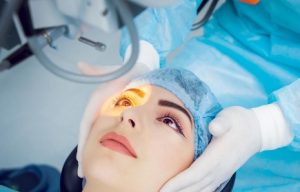
The surgery is performed to repair hernias, which are protrusions of an organ through the abdominal wall.
Procedure
- Open hernia repair: A single large incision to push the protruding tissue back and reinforce the abdominal wall.
- Laparoscopic hernia repair: several small incisions and a camera to guide the repair.
Recovery and aftercare
- Hospital Stay: Varies depending on the procedure.
- Activity restrictions: Avoid heavy lifting and strenuous activities for several weeks.
- Follow-up: Periodic check-ups to monitor healing.
MTP involves terminating a pregnancy through surgical or medical methods.
Procedure
- Medication abortion: Medications are used to terminate pregnancy.
- Surgical abortion: procedures such as vacuum aspiration or dilation and curettage (D&C).
Recovery and aftercare
- Emotional Support: Counseling and support services.
- Physical Recovery: Follow your doctor’s instructions for rest and recovery.
- Follow-up: Periodic reviews to ensure complete recovery.
Missed abortion is the termination of a pregnancy through medical or surgical methods.
Procedure
- Medical Abortion: Medications to terminate pregnancy.
- Surgical abortion: procedures such as vacuum aspiration or dilation and curettage (D&C).
Recovery and aftercare
- Emotional Support: Counseling and support services.
- Physical Recovery: Follow your doctor’s instructions for rest and recovery.
- Follow-up: Periodic reviews to ensure complete recovery.
Fill The Below Form To Consult Our Top Surgeons Today!
Head Office
- C-101/C, Green Park Extension Road, Block Z, GF, Green Park, New Delhi-110016
- +91-9354226872
- kvhealthcare@yahoo.com
